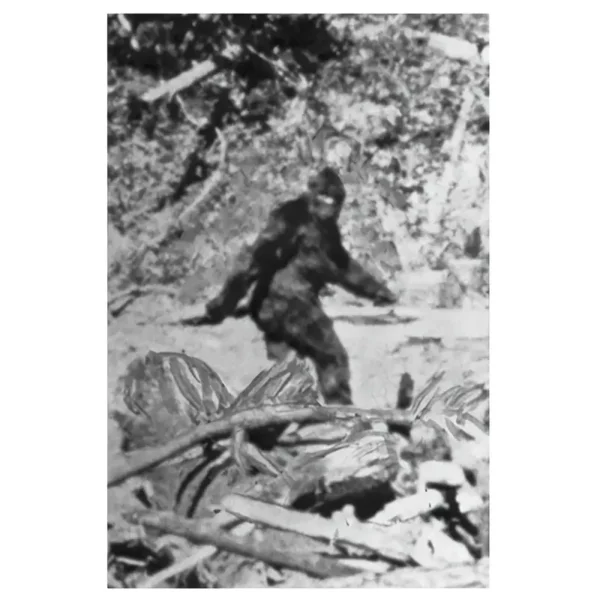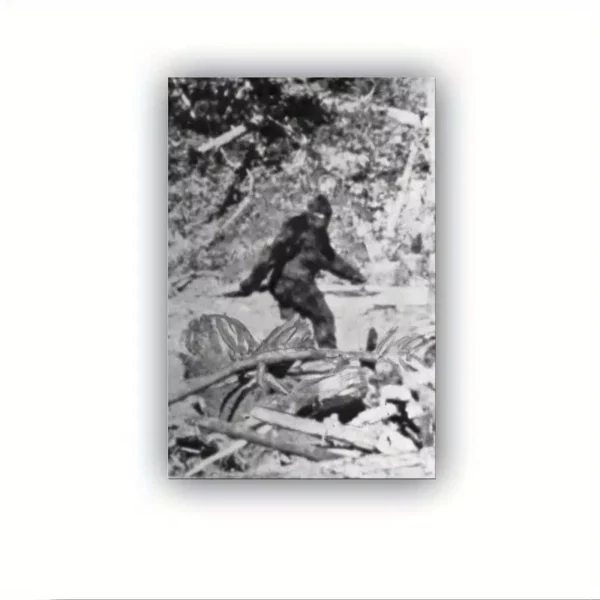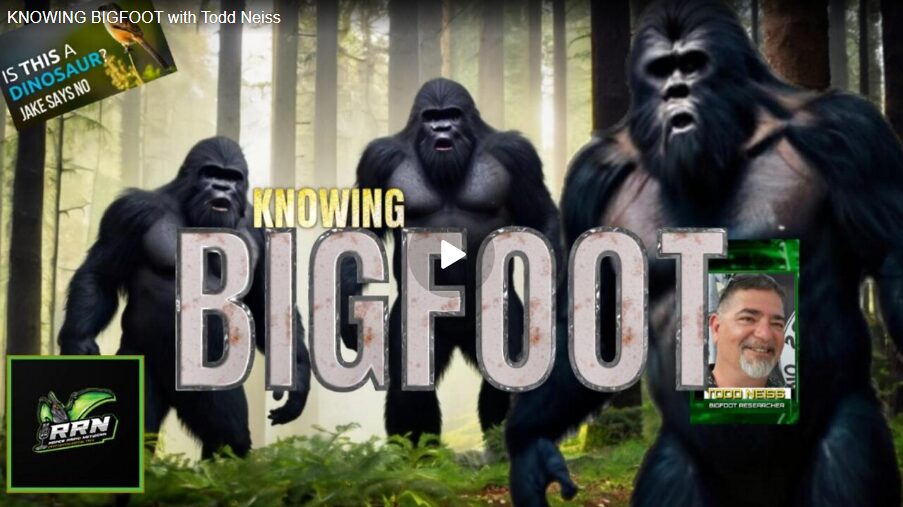For more than fifty years the Patterson‑Gimlin Film has been the single most famous and most contested piece of evidence in the Bigfoot debate; this episode presents a radical reexamination. Using Todd Gatewood’s frame‑by‑frame restoration of the original 1967 footage and technical analysis from Hollywood effects veteran Bill Munns, we reveal two measurable, hard‑to‑replicate characteristics in the film — anatomical proportions and gait mechanics — that challenge the long‑standing man‑in‑a‑suit explanation. Watch as decades of grain, scratches, and motion blur are stripped away to expose startling new detail, and follow a careful, evidence‑first breakdown that builds toward a surprising, single caveat that keeps the claim honest and scientifically framed.
Summary
The video presents newly restored Patterson‑Gimlin Film frames and argues that two specific, measurable facts from the restoration prove the footage captures a genuine, non‑costumed biped, while also revealing a single critical caveat that prevents a definitive, incontrovertible claim. The investigation centers on Todd Gatewood’s frame‑by‑frame digital restoration and Bill Munns’ practical effects expertise, combining film‑science enhancement with anatomical and motion analysis to reshape how the footage should be read.
The two undeniable facts the video highlights
- Anatomical proportion and mass distribution inconsistent with a human suit. The restoration reveals body contours, shoulder/torso relationships, and limb thicknesses that the presenters say match a large, naturally muscled hominid rather than an armored human in a costume.
- Kinematic details of gait and foot placement that defy known human gait under costume constraints. The cleaned frames show stride, hip rotation, and foot strike patterns presented as biomechanically incompatible with a person wearing a heavy prosthetic suit.
The major catch
The restored evidence increases the probability that the filmed subject is not a costumed human but does not remove all alternative explanations because of a single limiting factor: absence of a contemporaneous, independently verifiable physical trace or corroborating witness evidence that ties the filmed subject to a living nonhuman primate. The restoration improves visual clarity but cannot create independent physical proof that eliminates every plausible human‑made or later‑manipulated explanation.
How Gatewood’s restoration changes what we can see
- Frame stabilization and noise reduction produce steadier comparisons between successive frames, making small, fast motions and drape of hair visible.
- Local contrast and edge enhancement reveal musculature contours, subtle folds, and how fur overlays joints.
- Multi‑copy composite techniques reduce scratches and emulsion defects that previously masked important details. These technical improvements expose micro‑features previously dismissed as film artifacts, allowing anatomical and motion analysis at a resolution useful to specialists.
Bill Munns’ practical‑effects perspective and its weight
- Suit‑making constraints. Munns argues that realistic suits have telltale seams, internal armature, and restricted joint motion that should be visible in high‑quality restored frames. The video claims these artifacts are absent.
- Movement signatures. Munns emphasizes how certain shoulder and scapular motions seen in the restoration are very difficult to reproduce with a concealed human inside a suit, citing subtle soft‑tissue behavior and balance reactions as evidence.
- Expert credibility. His decades of effects work add practical plausibility to the claim that a man‑in‑suit would show specific, detectable failures; the restoration purportedly shows none of those failures.
What remains unresolved and why skepticism persists
- Single‑source visual evidence still limits falsifiability. Even with superior restoration, one continuously recorded sequence without independent physical samples leaves room for sophisticated hoax scenarios, later manipulation, or unknown film‑making techniques from the era.
- Human factors and historical context. Motive, opportunity, and the film’s provenance still matter; restoration doesn’t alter who handled the film or the historical record around its creation and release.
- Analytical variance. Different experts can interpret the same enhanced detail differently; biomechanics, perceptual biases, and expectations influence conclusions.
Practical next steps the video implies for stronger support
- Obtain and publish the highest‑resolution, multi‑scan restorations with full processing metadata so independent analysts can reproduce results.
- Cross‑reference frame‑by‑frame measurements with modern biomechanical models and blind expert panels to reduce confirmation bias.
- Search for contemporaneous physical traces, additional eyewitness accounts, or earlier copies/edits of the film that could corroborate timing and handling.
- Encourage controlled, repeatable experiments that attempt to recreate the observed features under documented conditions to test alternative explanations.
Takeaway
The restoration materially changes what can be observed in the Patterson‑Gimlin Film and strengthens the argument that the subject’s proportions and gait are inconsistent with typical man‑in‑suit artifacts. The single major caveat is that visual restoration alone cannot produce the independent physical corroboration required to make an absolute, scientific proof claim. The video reframes the debate by replacing noise and doubt with clearer, testable visual detail while leaving the door open to further verification work.
Patterson Gimlin Patty the Bigfoot Canvas Print, 18×12
Canvas Print
No Frame
8″x12″
10 in stock
Patterson Gimlin Patty the Bigfoot Canvas Print, Wood Framing
Canvas Print
Wood Frame
8″x12″
Out of stock
Sponsored Products
Your support Helps us pay for this site and conduct Analysis Research, everything helps… besides, you get Cool Bigfoot STUFF…








